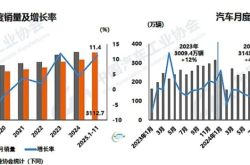OpenAI DevDay: ChatGPT is on Its Way to Becoming the World's Operating System
![]() 10/09 2025
10/09 2025
![]() 511
511
Welcome to Beiming's AI Teahouse.
The morning mist still lingers over the San Francisco Bay Area, yet the venue for OpenAI DevDay is already abuzz with excitement.
Altman made his way onto the stage, greeted by thunderous applause.
He made an announcement from the stage:
"Globally, four million developers are utilizing OpenAI. ChatGPT boasts 800 million active users on a weekly basis, and our API processes a staggering 6 billion tokens per minute."
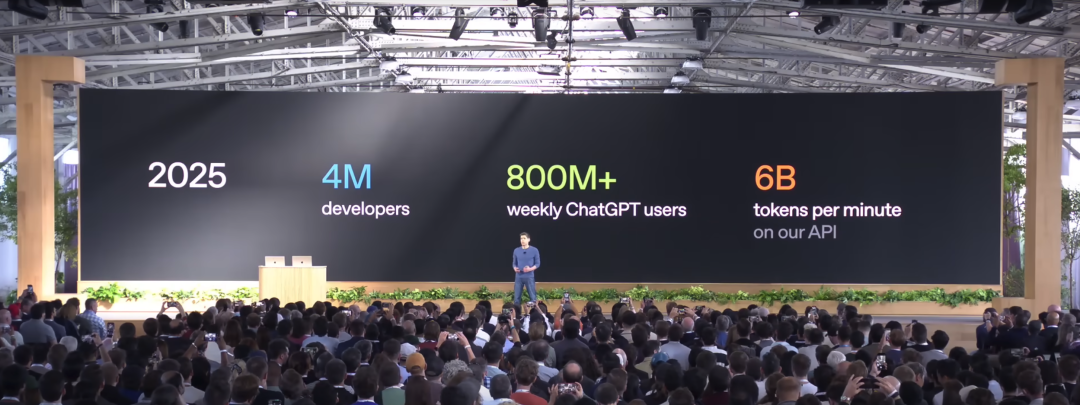
AI has transitioned from being a mere novelty to a highly practical tool.
And this time around, OpenAI has set its sights on making AI the world's operating system.
ChatGPT
The first major highlight of the conference was the introduction of Apps in ChatGPT.
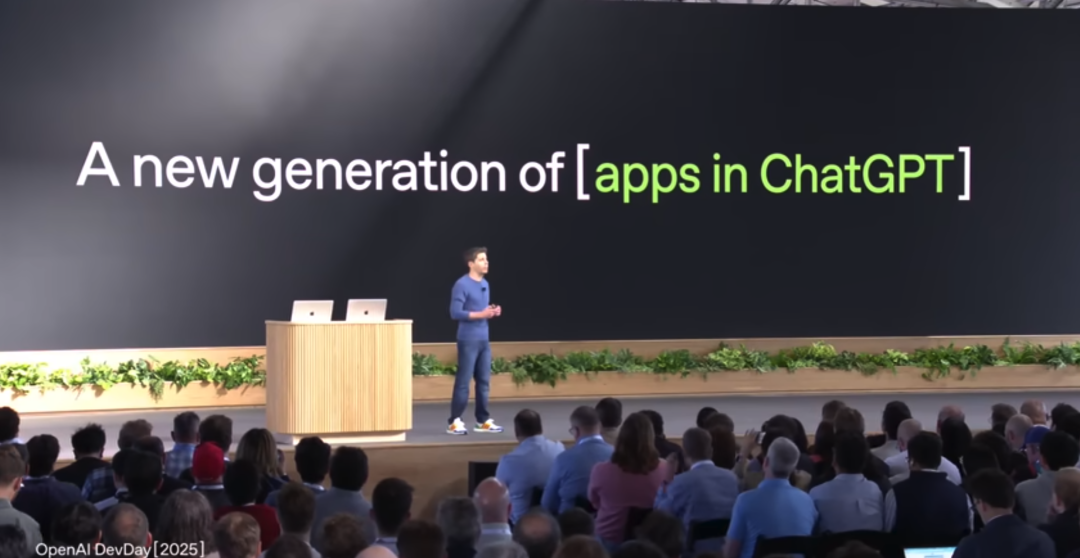
In simple terms, OpenAI has transformed ChatGPT from a basic chatbox into a super-app platform.
No longer limited to just answering questions, ChatGPT can now directly run applications, call up services, and execute tasks.
You can simply open ChatGPT and say:
"Book me a window seat on a flight from San Francisco to Chicago tomorrow."
Within seconds, it will automatically connect with Expedia, handle flight selection, seat preference, and payment authorization—all without you having to switch between apps.
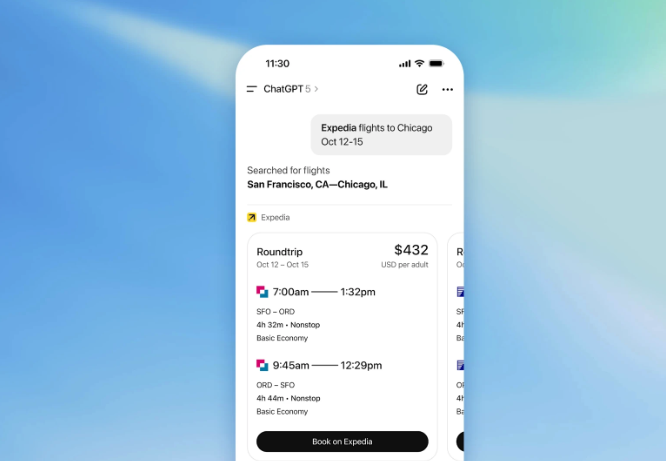
And this is the incredible power of the Apps SDK.
Built on MCP, it enables developers to define their own front-end interfaces and back-end logic.
They can debug applications in ChatGPT's developer mode and deploy them directly to the 800 million ChatGPT users.
ChatGPT will also automatically suggest suitable apps during conversations, or you can directly ask an app to perform a task for you.
"Spotify, create a party playlist for Friday night."
"Coursera, teach me some machine learning."
"Zillow, show me three-bedroom, one-living-room houses with yards in Shenzhen."
AgentKit
Over the past year, everyone has been talking about AI Agents, but found it challenging to truly implement them. 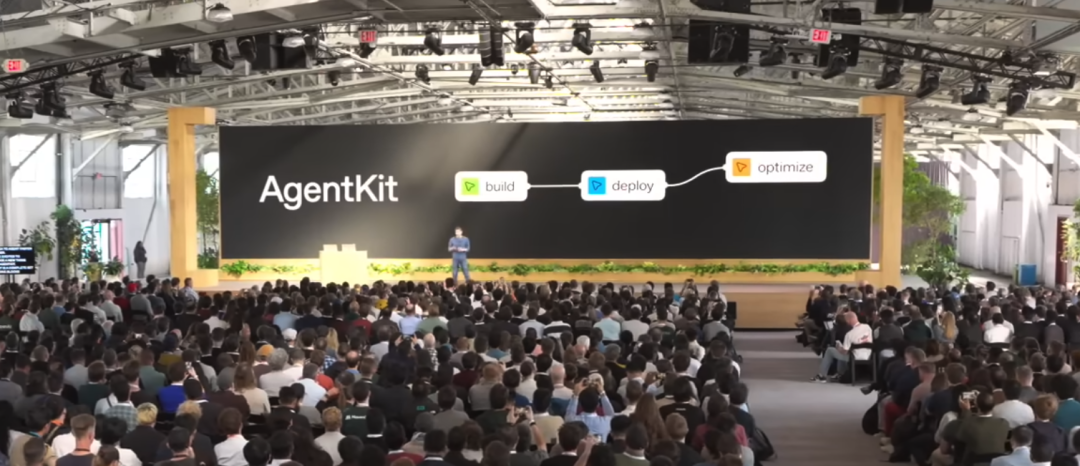
Now, OpenAI has provided a solution: AgentKit.
AgentKit = A comprehensive toolkit for building intelligent agents.
It comprises four core components:
Agent Builder: A visual canvas that allows for the design of multi-agent workflows through drag-and-drop functionality. It supports version management, preview runs, and security protections.
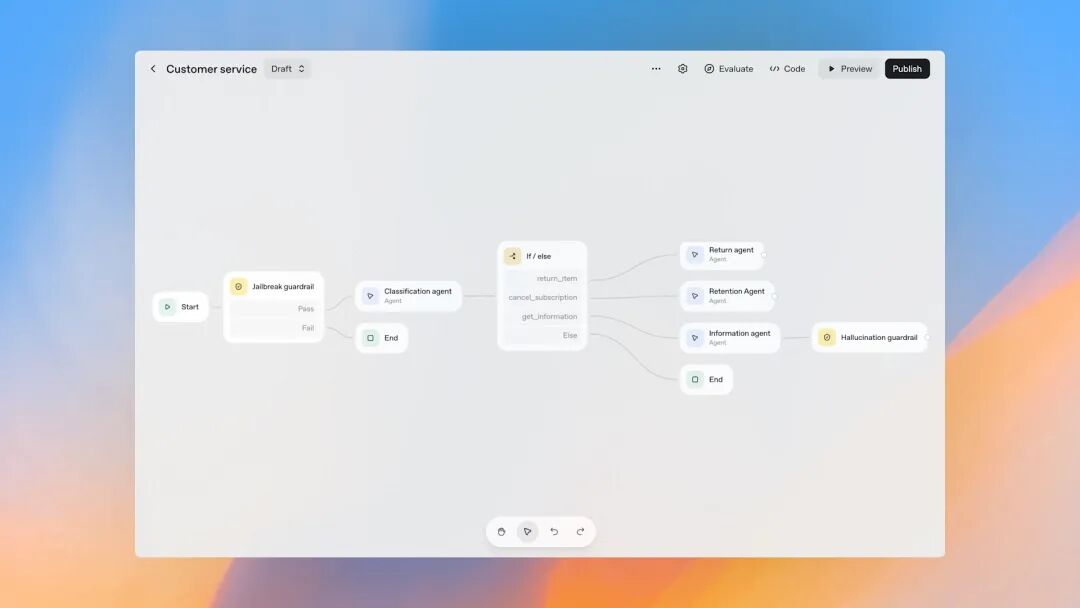
ChatKit: An embeddable chat interface tool that enables businesses to integrate interactive agents into their own products.
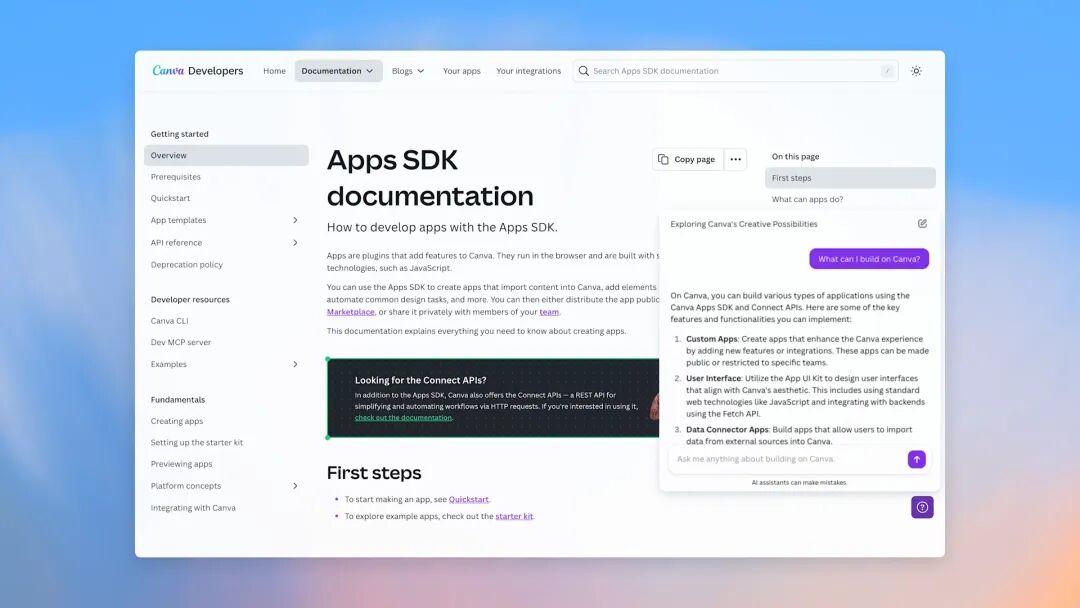
Connector Registry: A unified data and tool connection panel that supports both internal and external systems such as Dropbox, Google Drive, SharePoint, and Microsoft Teams.
Evals 2.0: Enhanced evaluation capabilities that include datasets, tracking scores, automatic prompt optimization, and support for third-party models.
At the conference, OpenAI engineer Christina built an intelligent assistant named Froge in just eight minutes. This assistant could provide real-time answers to DevDay event schedules.
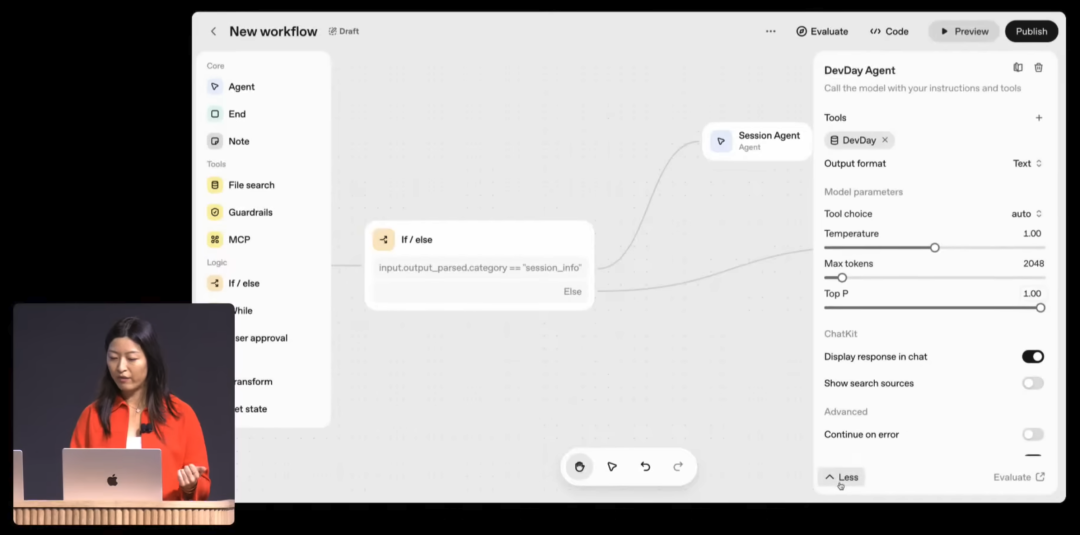
From dragging nodes, connecting documents, enabling PII protection, testing, to deployment—the entire process was completed visually.
Codex
GPT-5-Codex has emerged as one of the fastest-growing models in OpenAI's history.
Since early August, Codex's daily message volume has skyrocketed tenfold, processing over 40 trillion tokens.
Nearly every engineer at OpenAI relies on Codex.
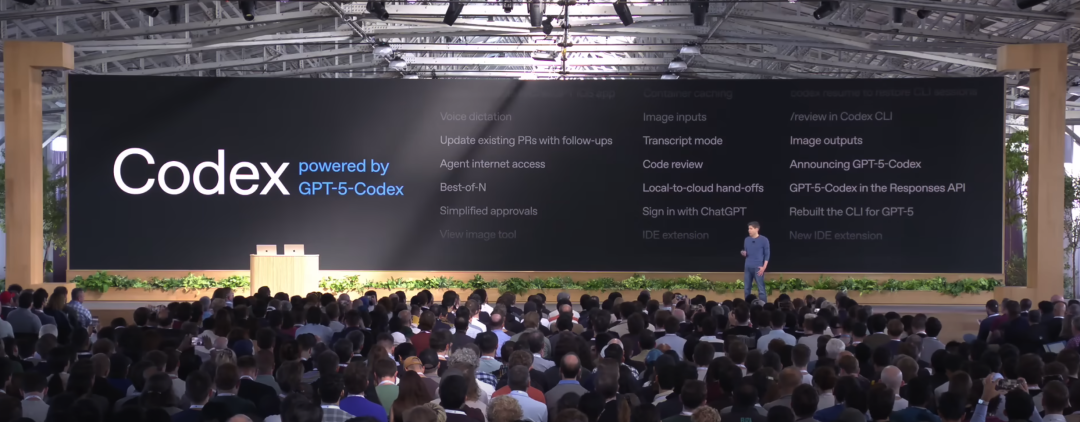
Codex seamlessly translates programming languages into natural language.
Developers can simply say:
"Change my website to dark mode and make the button corners softer."
Codex will then precisely modify the CSS and deploy the changes.
Additionally, it fully integrates with Slack, GitHub Actions, VSCode, and SDKs, enabling a closed-loop development experience from voice input to deployment.
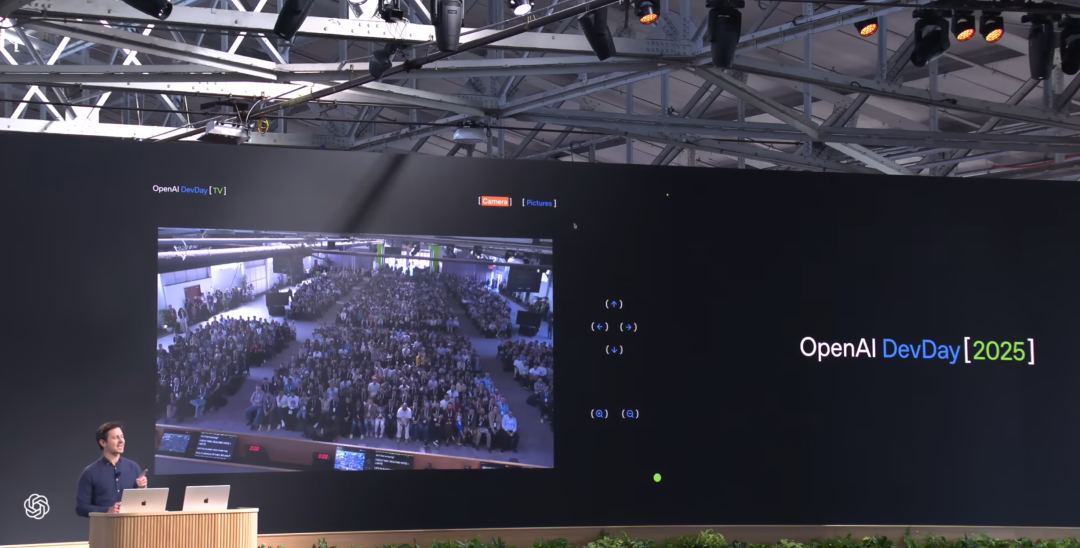
At the event, OpenAI developers showcased how they could control the venue's lights directly through voice commands.
It appears that AI is not just writing code—it's writing reality.
Foundation Model APIs
Of course, all these impressive features are built upon powerful foundation models.
GPT-5 Pro is now accessible to all developers via API.
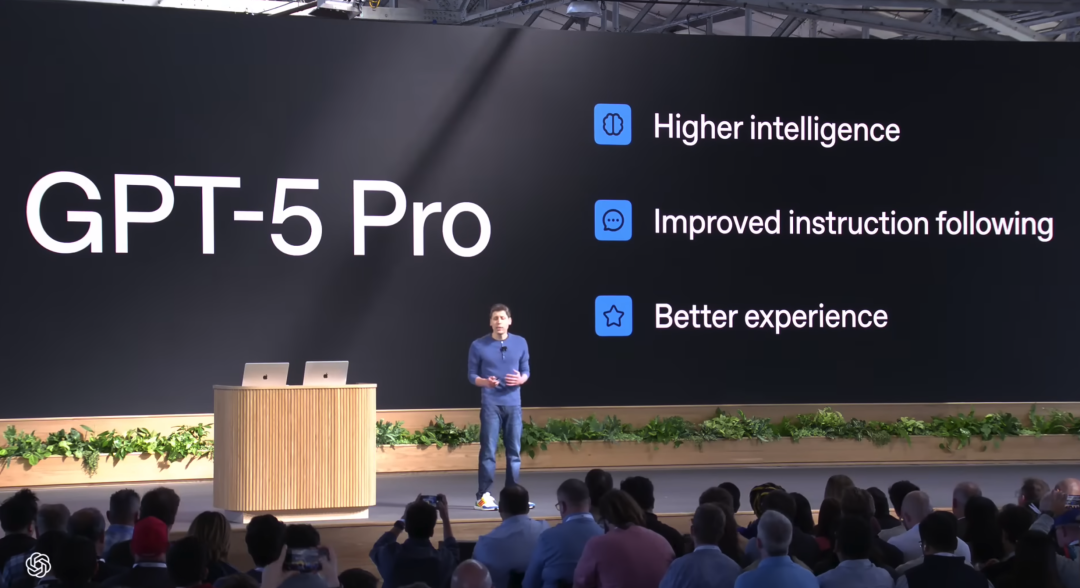
As the current strongest model, its pricing reflects its capabilities: Input: $15 per million tokens, Output: $120 per million tokens.
Well, you don't necessarily have to opt for the strongest model...
If the GPT-5 Pro API is too costly, the multimodal model APIs have undergone significant price reductions.
The real-time voice model, GPT-Realtime-Mini, costs 70% less than the advanced voice model while delivering the same voice quality and expressiveness.
The image generation model, GPT-Image-1-Mini, costs 80% less than the image model while providing efficient image generation capabilities. 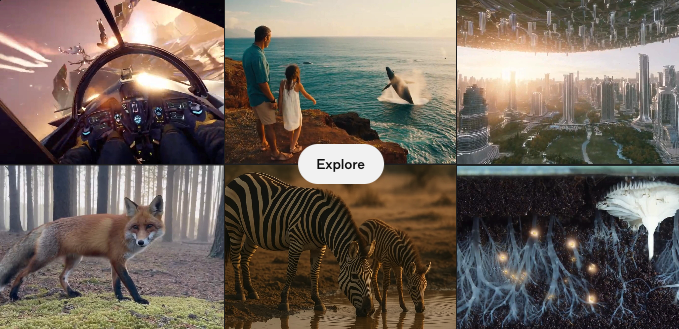
Most importantly, Sora 2 has also released its API!
OpenAI offers two versions:
Sora 2: Fast rendering, ideal for creative sketches and social media content;
Sora 2 Pro: High-precision version, delivering cinematic-quality output for advertising and film production.
Specific API functions include creating videos, checking video status, downloading videos, listing videos, and deleting videos.
As the conference drew to a close, Altman stood on stage with his usual humble smile. But beneath that smile lay the ambition to reshape the entire world's technological architecture.





